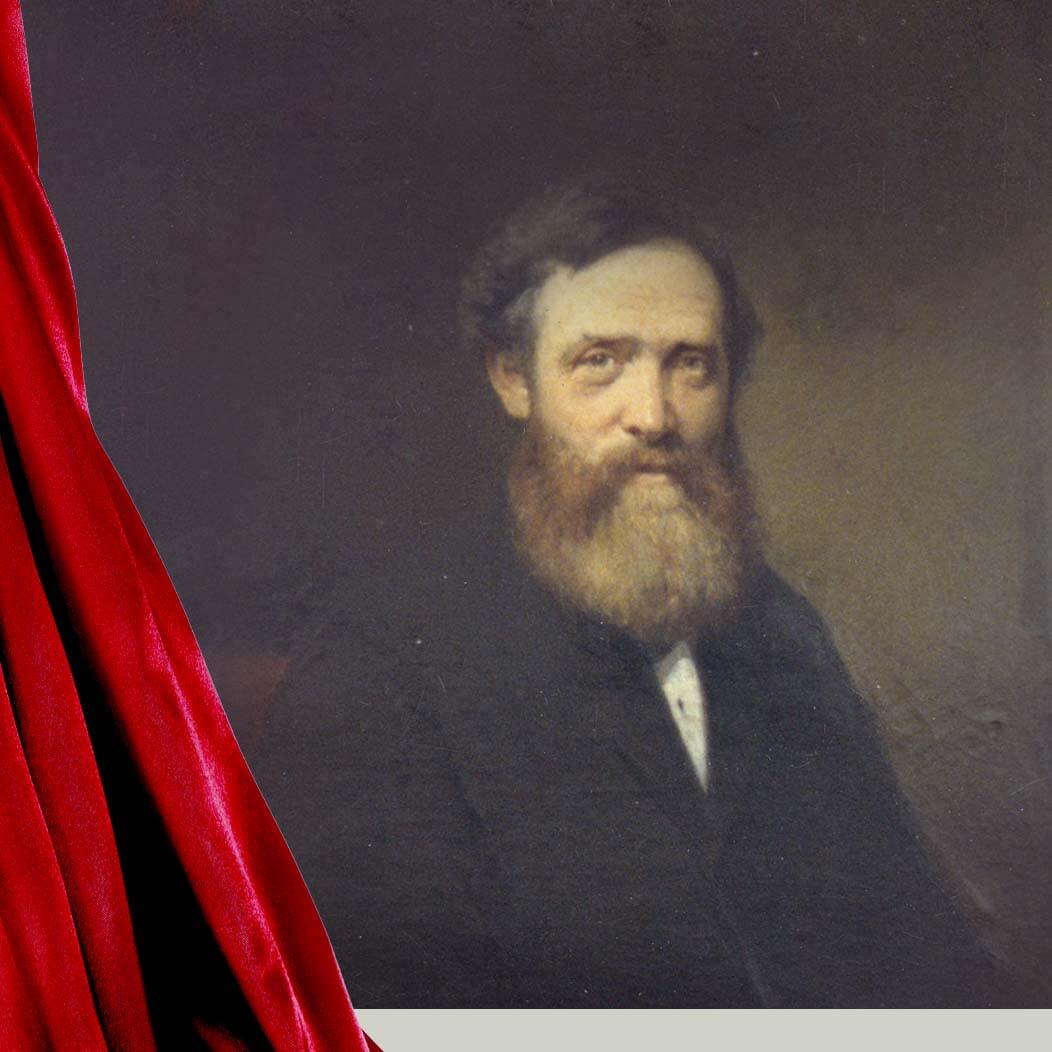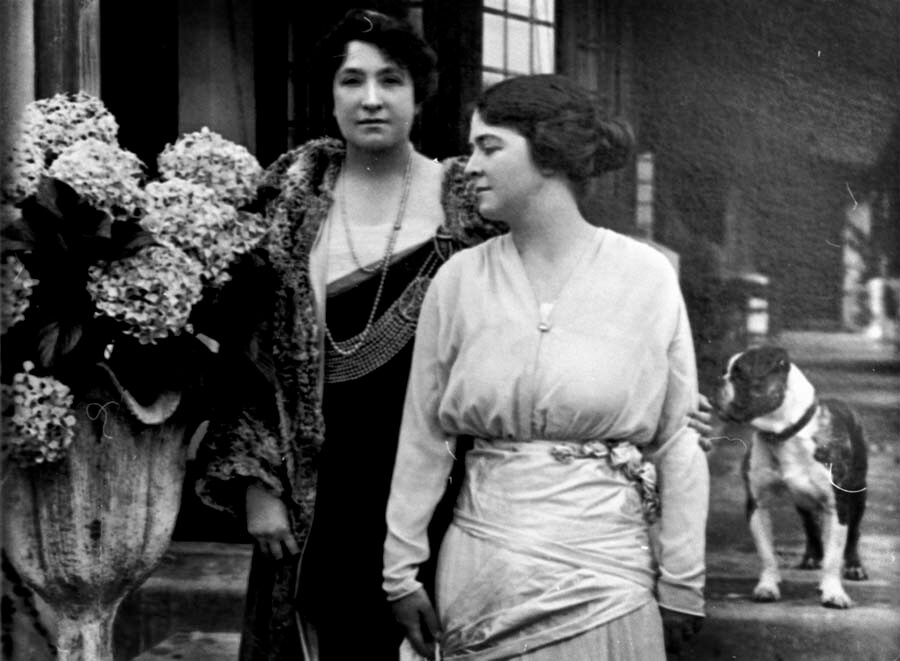
David Mitchell | Cave Hill Tramway
Tracks to the lime kilns
To gather the amount of timber needed to keep the lime kilns burning, a tramway had to be built. The Lilydale Express article of January 21, 1887 highlights this development:
“In connection with the carriage of firewood from the more distant parts of his own property, Mr Mitchell has had a very substantial tramway constructed, some two miles in length, and the wood is brought in on trucks, horses contributing the motive power. It has, however, been decided to substitute steam for horse power, and a metal road is now being constructed upon which a traction engine will run, the latter now being on its way from England.”
Phil Rickard in his Limestone and Logs publication wrote a locomotive – 0-4-0WTG seems to have arrived during 1886. (1)
A tramway was first built at the works to move the limestone from the quarry face to the kilns and according to Arthur Winzenried there were a number of loops and sidings. (2)
The tramways were built using sectional track so it would be moved from place to place within the quarry.
The continual demand for timber for the lime kilns meant David Mitchell had to keep acquiring land to clear. (3)
Soon the distance from the works and quantity needed, led to the development of the Cave Hill tramway. The development of the tramway and the actual route it took has been the subject of numerous articles over the years. (4)

The tramway was standard gauge and was gradually extended and ran from the works along Swansea and York roads and then south along the Olinda Creek to near the Silvan Reservoir. The distance was about 10kms. Along the line was a bridge across the Olinda Creek and two road crossings where gates were erected.
The tramway steam locomotives purchased from the Bendigo Tramways were a Baldwin Loco from America and the other from Phoenix Foundry, Ballarat. The locos arrived at Cave Hill some time during 1903 and were soon put to work. (5)

Local Laurie Rogerson provided a lot of information for Arthur Winzenried. Each morning two trips each way were completed with a crew of four. There was the driver, his assistant and two timber getters.
The timber workers would stack the firewood along the tramline at the sidings and load the wagons left on the outward journey.
In 1918 Cave Hill applied to the Shire of Lillydale for permission to extend the tramway along York Road between the Olinda Creek and Settlement Road. (6)
However, the life of the tramway was short. The introduction of coke to fire the kilns in the 1930s saw the demise of the tramway, which closed some time in early 1934. (7)
According to Merv Wenker whose father William worked at Cave Hill the tramway was operating by 1907 and Charlie Mitchell was the first driver.
He said the engines were purchased from Eaglehawk and Bendigo.
Once his father gained his second-class engine driver’s certificate, William took over as driver from Charles Mitchell. He drove until 1918 when the tram was re-classified as a first class engine so Roy Fulton took over as driver with Dick Mason firing until 1922. (8)

David Mitchell’s Life Story:
References:
1. Logs and Limestone David Mitchell’s Cave Hill Quarry and Tramway, March 3, 1991 Compiled by Phil Rickard for the Light Railway Research Society of Australia Inc.
2. The Cave Hill Tram</i>, Lilydale APW Research Report No. 10 August 1985.
3. See Lilydale Express 25/01/1907 and 22/05/1908 for land purchases).
4. See:
- Logs and Limestone David Mitchell’s Cave Hill Quarry and Tramway, March 3, 1991 Compiled by Phil Rickard for the Light Railway Research Society of Australia Inc
- Cave Hill Tramway</i>, Victoria by Ralph Alger in Light Railways Number 11, January 1991, The Light Railway Research Society of Australia Inc.
- Go to http://www.lrrsa.org.au/
5. Winzenried op. cit.
6. Lilydale Express, July12, 1917.
7. Phil Rickard op cit.
8. Sue Thompson’s interview with Merv Wenker March 8, 1990.
Online Shop
Purchase books, CDs, photographs and other merchandise



Share Your Information with the Museum!
Email us your info (and images) to:
[email protected]
Our home is the Old Lilydale Court House:
61 Castella Street, Lilydale 3140
Hours of opening:
By appointment only:
Fridays 1 to 4pm and Saturdays to Mondays 11am to 4pm.
Sundays are preferred.
Closed Public Holidays

Nellie Melba Museum
Contact Details:
Sue Thompson: 0475 219 884
Email: [email protected]
Share your info with us:
[email protected]
Our home is the Old Lilydale Court House:
61 Castella Street, Lilydale 3140
Hours of opening:
By Appointment only:
Fridays 1 to 4pm and Saturdays to Mondays 11am to 4pm.
Sundays are preferred.
Closed Public Holidays

Nellie Melba Museum
Contact Details:
Sue Thompson: 0475 219 884
[email protected]
Nellie Melba Museum
Contact Details:
Sue Thompson: 0475 219 884
[email protected]
Our home is the Old Lilydale Court House:
61 Castella Street, Lilydale 3140
Hours of opening:
By appointment only:
Fridays 1 to 4pm and Saturdays to Mondays 11am to 4pm.
Sundays are preferred.
Closed Public Holidays
Share Your Information
with Nellie Melba Museum!
Sue Thompson: 0475 219 884
[email protected]

